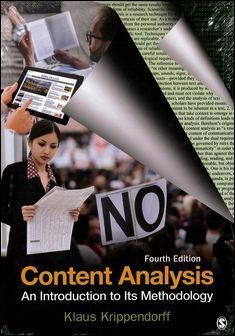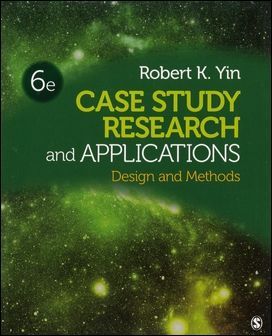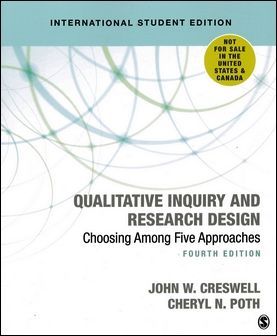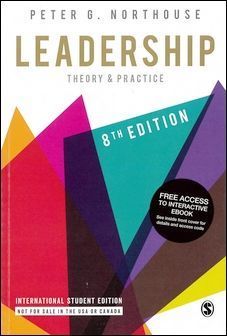Content Analysis: An Introduction to Its Methodology 4/e
作者:Klaus Krippendorff
原價:NT$ 2,030
內容介紹
本書特色
目錄
作者介紹
Description
What matters in people’s social lives? What motivates and inspires our society? How do we enact what we know?
Since the first edition published in 1980, Content Analysis has helped shape and define the field. In the highly anticipated Fourth Edition, award-winning scholar and author Klaus Krippendorff introduces readers to the most current method of analyzing the textual fabric of contemporary society. Students and scholars will learn to treat data not as physical events but as communications that are created and disseminated to be seen, read, interpreted, enacted, and reflected upon according to the meanings they have for their recipients. Interpreting communications as texts in the contexts of their social uses distinguishes content analysis from other empirical methods of inquiry.
Organized into three parts, Content Analysis first examines the conceptual aspects of content analysis, then discusses components such as unitizing and sampling, and concludes by showing readers how to trace the analytical paths and apply evaluative techniques. The Fourth Edition has been completely revised to offer readers the most current techniques and research on content analysis, including new information on reliability and social media. Readers will also gain practical advice and experience for teaching academic and commercial researchers how to conduct content analysis.
NEW TO THIS EDITION:
-
An updated formula for computing the reliability of unitizations helps researchers standardize the units of text on which coders work and reduce coding errors.
-
A new section on crowdsourcing shows readers how to measure the accuracy, surrogacy, and reliability of crowds.
-
New discussions around social media show readers how computer-aided text has impacted the ways society examines itself.
-
Several dimensions of Krippendorff’s Alpha have been expanded for assessing the reliability of crowdcoding, multi-valued coding of predefined units, and unitized textual continua.
KEY FEATURES:
-
During the 38 years it has been in print, this award-winning text has pioneered the development of content analysis and continues to shape the field with each new edition. It has been widely adopted as a text in social science, humanities, and business curricula, served researchers as a guide for the design and execution of large and small content analyses, and provided epistemologically sound standards for justifying as well as critically evaluating content analysis findings.
-
Winner of the International Communication Association’s Fellows Book Award for its lasting contribution to the advancement of communication studies, this market leader has taught generations of social scientists about the methodology of the research and has been translated into seven different languages.
-
Gaining an enormous following, author Klaus Krippendorff’s work on content analysis was honored with the first methodological innovation award from the Mass Communication Division of International Communication Association.
-
References to The Content Analysis Reader provide easy access to canonical examples to enrich the reader's experience.
-
Krippendorff condenses the methodological requirements and conceptual opportunities of content and text analysis into a practical guide, incorporating his experiences as researcher, teacher, and consultant to academic and commercial projects, and providing readers with a useful entry into the use of the research method.
-
A glossary of technical terms provides a further understanding of relevant concepts.
Table of Contents
PART I. CONCEPTUALIZING CONTENT ANALYSIS
Chapter 1. History
Chapter 2. Conceptual Foundation
Chapter 3. Uses and Inferences
PART II. COMPONENTS OF CONTENT ANALYSIS
Chapter 4. The Logic of Content Analysis Designs
Chapter 5. Unitizing
Chapter 6. Sampling
Chapter 7. Recording/Coding
Chapter 8. Data Languages
Chapter 9. Analytical Constructs
PART III. ANALYTICAL PATHS AND EVALUATIVE TECHNIQUES
Chapter 10. Analytical/Representational Techniques
Chapter 11. Computer Aids
Chapter 12. Reliability
Chapter 13. Validity
Chapter 14. A Practical Guide
Klaus Krippendorff - The Annenberg School for Communication, University of Pennsylvania
上一則
|
回上頁
|
下一則








